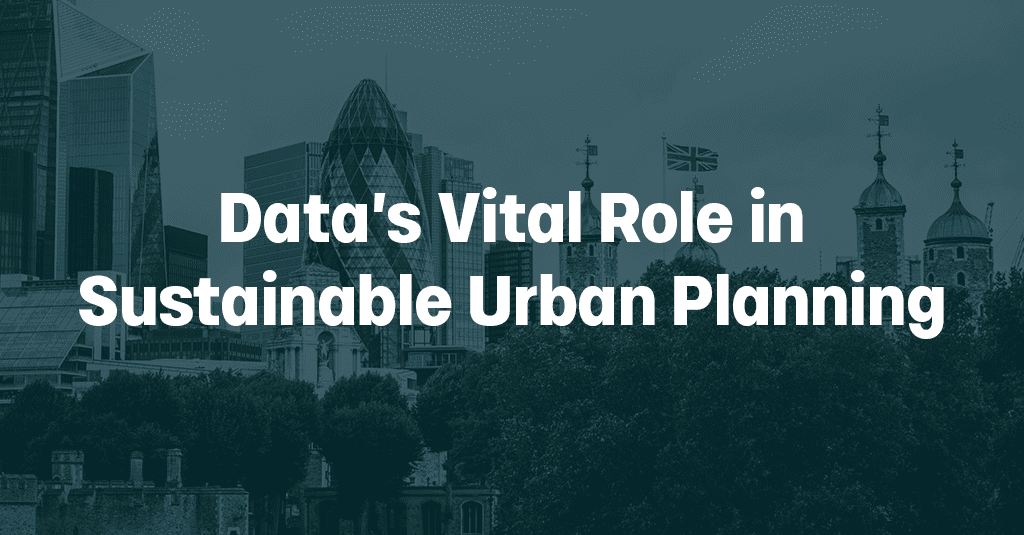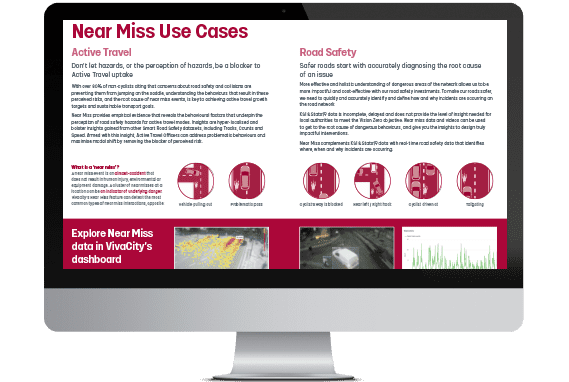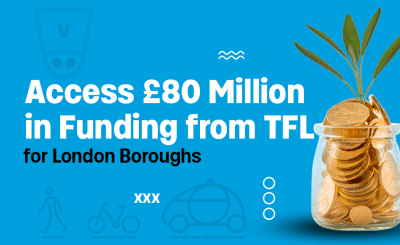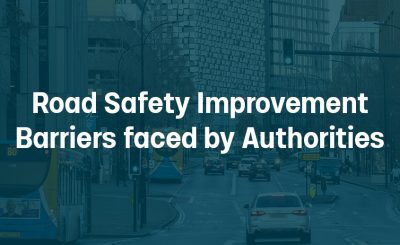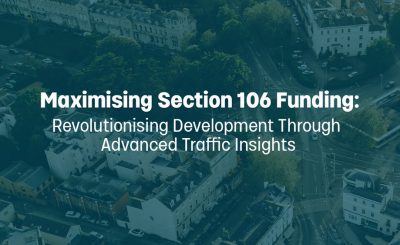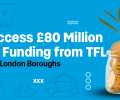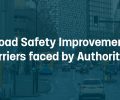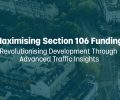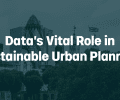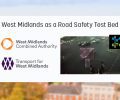Populations around the world are becoming ever more urbanised. Currently, 4.4 billion people – around 56% of the world’s population – live in cities. This number is expected to double in the next 25 years.
As population density increases, cities are also trying to meet net-zero targets within this 25-year timeframe. For this to succeed, decision-makers need to change how they manage urban planning. One of the key elements of this shift relies on a transition from cities managing the movement of vehicles, to a focus on catering for people moving around in an increasing variety of ways.
In particular, local authorities need to find ways of managing their networks to encourage the adoption of sustainable modes, like walking, cycling and public transport, and to cope with new micromobility modes, such as e-scooters, e-bikes and cargo bikes. This becomes increasingly complex within traditional infrastructure which doesn’t currently support an increase in travel numbers and modes.
So, how do authorities drive sustainable urban planning as their populations grow?
Encouraging active travel like walking, cycling, and the use of public transport, alongside emerging intermodal travel options, presents challenges, particularly in cities with outdated infrastructure.
Rubbish in, rubbish out
Understanding travel modes and counts within cities is the first step towards more coherent urban planning. Data on travel patterns informs almost all parts of the process, including infrastructure development and proactive urban network management. Local authorities and city councils need to understand how people are travelling in order to plan and adjust for the future, in addition to working towards sustainability goals.
Real-time insights into urban navigation through cities can empower authorities with the data they need to implement sustainable change. These insights need to also be accurate and gathered over a period of time to be most valuable. By adopting new techniques such as AI and computer vision, authorities can have access to a range of detailed insights from a single device, like an anonymous sensor.
Anonymous data can be collected on a range of road users, from pedestrians to emerging transport types (such as Lime Bikes) as well as motor vehicles. Following that, patterns in road user behaviour can be identified over time and authorities can then analyse what is working and where improvements need to be made to promote sustainable travel.
Mapping travel trends with AI
AI-powered sensors revolutionise urban planning by providing rich, multimodal data. Data is collated on travel trends which provides evidence and insight to inform city planning. For example, leveraging AI technology allows deeper insights into commuter and road user behaviours and easier identification of areas for improvement.
In addition to this, data can then be used to retrain the AI agent to provide performance and accuracy improvements. This benefits local authorities in making informed decisions about what steps need to be taken to improve signal timings and transport infrastructure in the future.
Preparing authorities for the future
Data generated by anonymous sensors serves as a blueprint for optimising traffic signals and future-proofing cities. Integrating AI sensors into signal control systems enables predictions that can be adapted to address emerging transportation trends.
Modal optimisation is one of the big advantages of computer vision data. It can identify the precise location of active travel modes like pedestrians, cyclists and e-scooters, and enable control systems to automatically serve a green light for them at crossings. It can also optimise green light phasing for active travel modes based on the numbers of people waiting, balanced against the number of motor vehicles. This could bring a range of benefits, for example at the weekends, when people are travelling by bike or on foot for leisure when there are fewer cars. Or at the end of the school day or events at stadiums, when there are large increases in pedestrian demand in a short space of time.
As cities address population growth and climate change, data-driven solutions are vital for sustainable urban planning. By harnessing data and embracing technological innovation, cities can navigate urbanisation complexities whilst also prioritising people.
As authorities transition to digital solutions, they need to distinguish between the various available technologies and prioritise accuracy and reliability. Once the appropriate technology is chosen and implemented, the future of sustainable travel becomes much clearer.
Like our content? Sign up to our newsletter and receive the latest updates in your inbox.
Discover VivaCity’s 3-in-1 solution
With ongoing pressure on budgets it’s important to make the most of any technology you deploy. Versatility is key. By using different lens types – any of which can sit comfortably in the standard sensor case – VivaCity sensors can be used for three purposes: signal control, traffic monitoring and road safety. VivaCity sensors are always connected, so there’s no need to add all features at the point of installation – you can add them as and when they’re needed. When used in combination, the datasets unite to provide holistic and fully comprehensive junction performance metrics, all from the same sensor.
Explore VivaCity’s range of capabilities:

